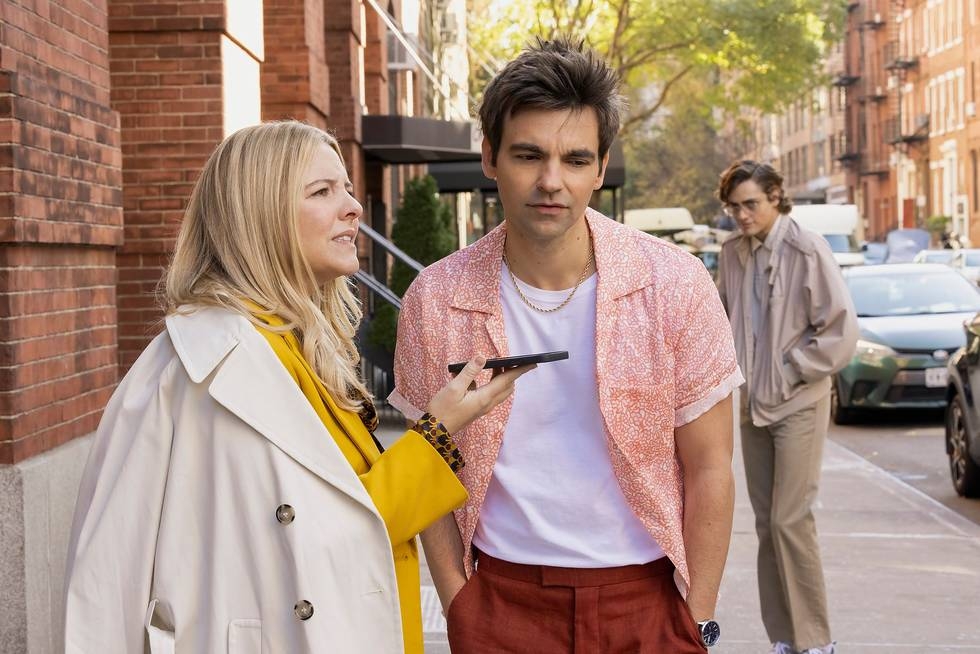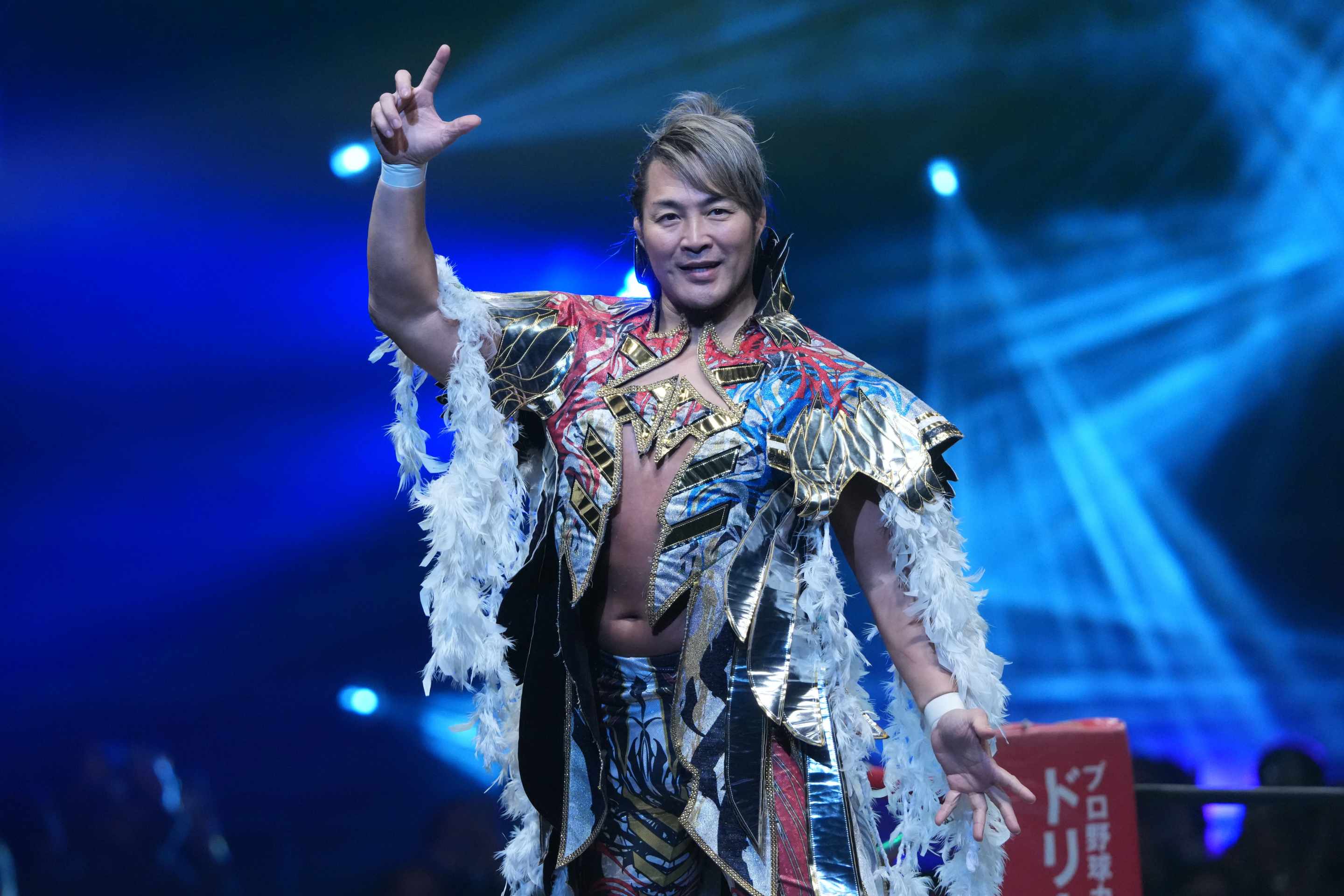Despite how much TV I watch, I don’t normally share specific scenes from those shows with the people I know. I do this occasionally with books, because it always seems like there’s more to talk about, because, you know, books. With TV, you kind of need the other person to be watching the same show or else it really just amounts to a GIF—and you don’t want to be that dick who’s always sending GIFs. All that to say, The Other Two is the exception. No one I knew was watching it. And yet I laughed so hard, so loudly, at one particular moment that I had to send it to everyone.
For context, the show, now in its third season, is about the two older siblings—Cary (Drew Tarver) and Brooke Dubek (Heléne Yorke)—of a kid, Chase aka ChaseDreams (Case Walker), who becomes an overnight superstar in the mold of Justin Bieber (you may recognize his recent hit, “My Brother’s Gay and That’s Okay!”) In the second season, Cary is trying to be a real actor after suffering through some middling hosting gigs (for The Gay Minute and Age, Net Worth, Feet) and a few bit parts (such as “Man at Party Who Smells Fart”). He lands on an agent who is willing to help, but only if he’s a “multi-hyphenate.” So, Cary says that he’s also a writer and that he has a film script for her, but that it’s not quite ready. She asks him to send it to her in three days, and in characteristic Cary deadpan, he replies: “I will send you a full-length feature film in three days, and then I can act—makes sense.”
So, Cary goes out and buys some fingerless gloves, a thin scarf and a Moleskine notebook and sets out to write The Cary Dubek Story. At this point the show adjusts to monochrome. Cary, solo, approaches a bridge that might as well be in Paris, considering the black-and-white color palette, the melancholic score and the, you know, writing of it all. He gazes out onto the water with furrowed brow and is compelled to write something down. It’s one word: “Gay.”
The third season of The Other Two has been particularly memorable for what creators Chris Kelly and Sarah Schneider have called its “big swings,” including a lengthy homage to Pleasantville (Cary brings literal color to a long-running network courtroom drama, Emily Overruled), a smaller one to Romeo and Juliet (Chase and a “normal” girl glimpse each other through a popcorn machine), and Brooke going literally invisible after leaving the entertainment industry, not to mention being sent to the moon ... twice (she dates two tech billionaires).
The Other Two basically plays like it never has to make any compromises. It is incredibly quick, unpredictable, reference-laden, sometimes verging on offensive (like when all the adults who think Chase is finally above the age of consent start sprouting fangs), sometimes full-on offensive (“I wish it was still OK to say ‘retarded,’” Brooke says of her air-headed ex, played with winning dimness by Josh Segarra). It is also industry-skewering, like the episode in which a bunch of idiot execs at Disney try to make a thing out of Globby, an animated snot bubble they claim is “a proud queer sac of mucus” because it’s caught in bed with another snot bubble rather than a human woman (to them, this is the definition of heterosexuality, no matter what the species).
The Other Two is so good it’s hard to tell how much is down to the writing, how much to the directing (Kelly helms the majority of the episodes), and how much to the acting. Because it is neither high concept nor star-laden, I described it on Twitter as your favorite web series no one else knows about (the initially smaller audience was in part due to it originally running on Comedy Central, before being picked up by HBO Max—sorry, “Max”). Perhaps a better way to describe it, considering Kelly and Schneider were both the youngest head writers in Saturday Night Live history before creating it, is: What SNL could be with a lot more time and a lot less oversight.
So how did this near perfect comedy come to be? Obviously, a big part of it is Kelly and Schneider, who were not only inspired by their own lives but dramedies like High Maintenance (which is also where they got their director of photography). Before SNL, Kelly had worked at Funny or Die and Onion News Network, and Schneider had worked for CollegeHumor and they both have that kind of digital-native knack for threading pop culture bits through a grounded narrative informed by their own experiences. SNL creator Lorne Michaels revealed to The Los Angeles Times how detail-oriented they were—from props to graphics—which must have been a nightmare on the famously punishing live TV deadline, but is ideal for a tight sitcom like The Other Two.
It must have helped too that Comedy Central, which has a relatively diverse leadership (including nine women, three people of color and two LGBTQ+ staffers) was courting a wider audience with wider points of view when they bought the pilot in 2016. Because of that, the channel was open to experimentation and was hands-off with The Other Two, which was made up of a staff of predominantly women and LGBTQ+ writers (among them Fire Island’s Joel Kim Booster). “The lifeblood of that show is new people and new voices and new perspectives,” Schneider, sounding worlds apart from a business that runs on repetition (or, sorry, precedent), told Variety. “You just over time feel like leaving some room for new people and trying something else.”
As for the cast, the creators knew Tarver—who looks like a more handsome, more human (less blue) version of Sonic—from the Upright Citizens Brigade (Kelly had studied there) and liked his everyman quality for Cary. For Brooke, they needed bigger. They had seen Yorke playing a dickhead in High Maintenance, but for me it’s her Derry Girls-adjacent facial expressions that really kill. Apparently, it took Yorke, a stage vet, a minute to find the right balance.
“I felt a little bit paralyzed because there is that stigma that if you do theater, you’re going to be too big. It’s going to be too much to watch. And so, you’re constantly aware of yourself, especially if that’s what you’ve been trained to do your whole life, to rein it back in again for a smaller medium. It took me two years to transition,” she told Indiewire, adding, “What I like about how they’ve written Brooke is that one sentence takes several turns. As an actress, to find yourself on one path, take a left turn, take a quick right turn, take a quick left turn—I will a lot of times with Brooke ask for other chances because it can feel a little whiplash-y.” Basically she’s Kombucha Girl but an entire series' worth. Add to that Molly Shannon as sweetly oblivious materfamilias Pat Dubek, Walker’s flatly pleasant influencer affect for Chase, and Ken Marino doing Ken Marino, and you’ve got low-key, Party Down-style collective greatness.
Though I couldn’t find anything The Other Two’s creators have said about the WGA strike, which is fighting against streaming media gutting writers’ pay and artificial intelligence’s threat to their livelihoods, there have been picket lines outside both HBO and Paramount (which owns Comedy Central). And in an interview with Vogue in early May, Kelly called the industry “absolutely bonkers,” with Schneider adding: “I think we’re not even enough on the radar for people to be like, Canceling this will make some good savings!” Despite the diplomatic tenor of their responses, Schneider did conclude: “It’s really disheartening to hear that so much work and content is being shelved. And all of these people are being—” “Fucked!” Kelly finished for her.
The Other Two, which took three seasons to become a critical favorite, doesn’t exist without a lot of time, a lot of trust, and a lot of space, all of which are being jettisoned online in favor of cheap, disposable sure things. Kelly and Schneider know this. Even before the strike, they were peppering their show with jabs at digital media. In the episode I mentioned at the beginning of this piece, Cary asks his new agent for, at the very least, “one of those Netflix shows no one sees and then it’s gone.”
There’s a reason The Other Two exists on a hard drive somewhere.






